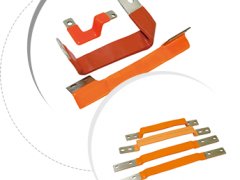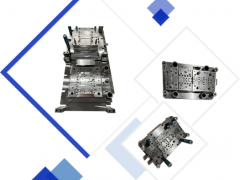Medical parts injection molding processing is the process of injection molding the molds or models made for medical parts into final products. First, the mold or model is designed and engineered according to the shape and size of the medical part. Manufacturing techniques for medical device molds are constantly evolving, such as the use of 3D printing technology and new materials to create the molds.
The mold or model is then placed on an injection molding machine and the plastic pellets are heated and melted, and the melted plastic is injected into the mold or model through the injection molding machine, where it is cooled and solidified to form the final medical part. During the injection molding process, attention needs to be paid to key aspects such as the electrical control box is dry, the supply voltage meets the requirements, and the emergency stop switch and safety door are normal.
Finally, quality control of the medical part includes raw material selection, mold design and manufacturing, process control, quality inspection, record keeping and tracking, and standards and compliance. Medical components must meet a strict set of standards and regulations to ensure product safety and performance.
The process of injection molding of medical components to form products requires strict quality control and safety measures to ensure product quality and safety. At the same time, the tonnage, number of cavities, and time of the injection molding machine can also affect the cost of injection molding processing. Medical component injection molding is a common medical component manufacturing technique used to produce medical devices and other medical supplies. The process of medical parts injection molding processing mainly includes the following steps:
1. Mold or model design and manufacturing: Based on the shape and size of the medical part, a corresponding mold or model is designed and manufactured. This process needs to take into account factors such as the size, shape, material, precision and strength of the part. Meanwhile, with the continuous development of technology, the technology of manufacturing mold body is also updated, such as the use of 3D printing technology and new materials to make the mold body.
2. Heating and melting of plastic pellets: Plastic pellets are heated and melted to make them into malleable materials. This process requires the use of an injection molding machine, which injects the melted plastic into the mold or model.
3. injection molding: the melted plastic is injected into a mold or model by means of an injection molding machine, where it is allowed to cool and solidify to form the final medical part. During the injection molding process, attention needs to be paid to key aspects such as dry electrical control boxes, supply voltage meeting requirements, emergency stop switches and safety gates working properly.
4. Quality Control: Quality control of medical components includes raw material selection, mold design and manufacturing, process control, quality inspection, record keeping and tracking, and standards and compliance. Medical components must meet a series of strict standards and regulations to ensure product safety and performance.
In conclusion, medical parts injection molding processing is a highly efficient and accurate medical parts manufacturing technology that is widely used in the production of medical devices and other medical supplies. With the continuous development of technology, the quality and efficiency of medical parts injection molding processing is also improving.


